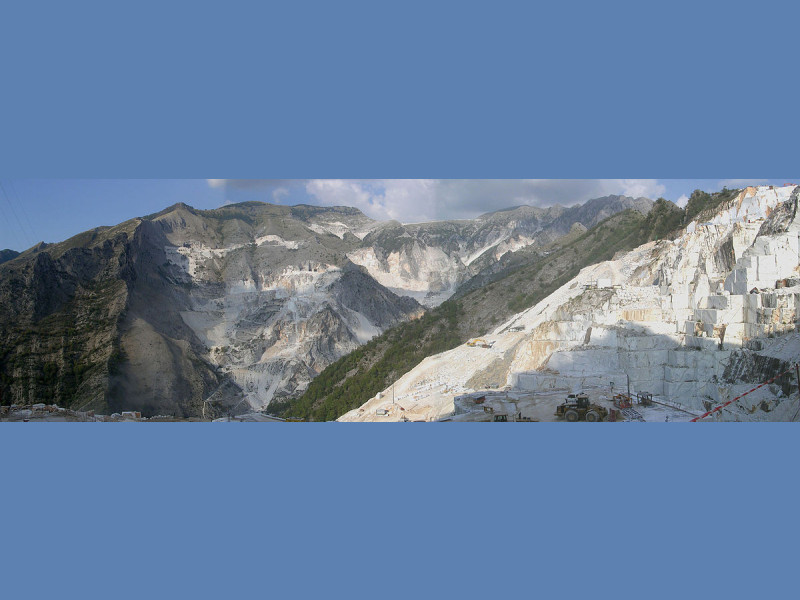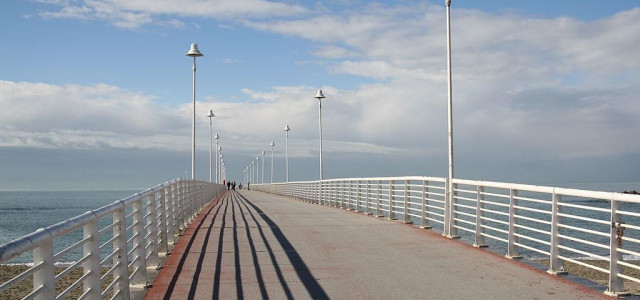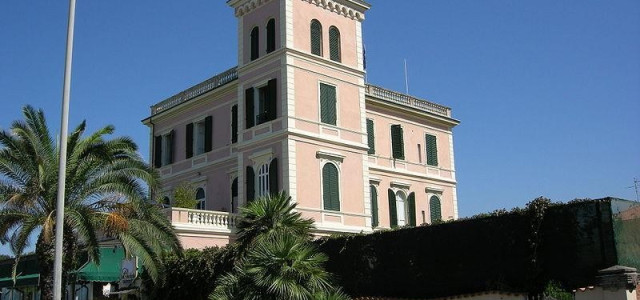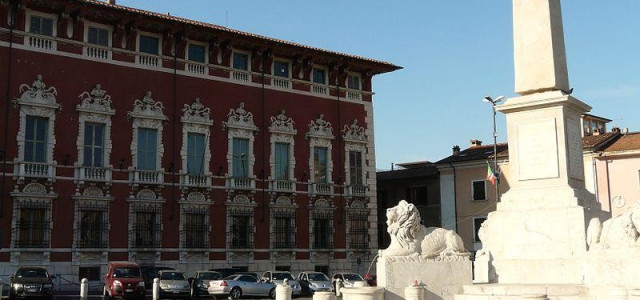Massa
Massa listen is a town and comune in Tuscany, central Italy, the administrative centre of the province of Massa and Carrara. It is located in the Frigido River Valley, near the Alpi Apuane, some 5 km (3 mi) from the Tyrrhenian Sea. History Massa is mentioned for the first time in the Tabula Peutingeriana, a 2nd-4th century AD itinerary, with the name ad Tabernas frigidas, referring perhaps to a stage on the Via Aemilia Scauri consular road from Pisa to Luni. From the 15th to the 19th century, Massa was the capital of the independent Principate (later Duchy) of Massa and Carrara, ruled by the Malaspina and Cybo-Malaspina families. Massa is the first recorded town in Europe in which the magnetic needle compass was used in mines to map them and determine the extent of various mine owners' properties. In 1829 the city was handed over to the Austrian branch of the Este family. In 1859, during the unification of Italy process, it joined the Kingdom of Sardinia. Geography Located in south of the province, near the borders with the Province of Lucca, Massa is a coastal town by the Tyrrhenian Sea. The municipality borders with Carrara, Fivizzano, Minucciano (LU), Montignoso, Seravezza (LU), Stazzema (LU) and Vagli Sotto (LU). Frazioni Massa counts several hamlets (frazioni): Altagnana, Alteta, Antona, Baita, Bargana, Bergiola, Bondano, Borgo del Ponte, Bozzone, Ca' di Cecco, Caglieglia, Campareccia, Canevara, Capaccola, Casania, Casette, Casone, Castagnara, Castagnetola, Castagnola, Cervara, Cinque Vie, Ciremea, Codupino, Cupido, Forno, La Gioconda, Gotara, Gronda, Grondini, Guadine, Le Iare, Lavacchio, Marina di Massa, Mirteto, Monte Pepe, Ortola, Pariana, Partaccia, Pian della Fioba, Poggi, Poggiolo, Poggioletto, il Ponte, Poveromo, Poveromo Macchie, Pratta, Puliche, Quercioli, Redicesi, Remola, Resceto, Ricortola, Rinchiostra, Rocca, Romagnano, Ronchi, San Carlo Terme, San Cristoforo, San Leonardo, San Lorenzo, Santa Lucia, Il Santo, Sei ponti, Turano, Vergheto, Le Villette, Volpigliano, Zecca. Main sights Massa's sights include: The Malaspina Castle (15th century), overlooking the city from a hill The Renaissance Ducal Palace, on the Piazza Aranci The Cathedral Piazza degli Aranci Piazza Mercurio Marina di Massa The Orto Botanico delle Alpi Apuane "Pietro Pellegrini" is a mountain botanical garden maintained by the city. Economy The Massa area is of high touristic value and also hosts a concentration of some 600 industrial and craft activities, located within the so-called Apuan Industrial Zone, with a direct employment of more than 7,000 people. Together with the twin town of Carrara, Massa is known for the extraction and production of marble. Transport Massa Centro railway station, opened in 1862, forms part of the Pisa–La Spezia–Genoa railway. The city is also served by the A12 motorway, the national highway SS1 "Aurelia", and counts a minor airport (IATA: QMM, ICAO: LILQ) in the neighboring village of Cinquale. From 1890 to 1932 Massa counted a railway line from Marina to Forno and, from 1922 to 1975, a monorail serving a marble quarry named Lizza di Piastreta. International relations Massa is twinned with: Bad Kissingen, Germany, since 1960 Vernon, France, Nowy Sącz, Poland, since 2007 References Sources Menziani, Alberto (2011). "Massa dall'Unità d'Italia alla Prima Guerra Mondiale: mezzo secolo di stori urbanistica o la nascita della città contemporanea". Atti e Memorie della Deputazione di storia patria per le antiche provincie modenesi. pp. 261–300. External links (Italian) Massa official website






